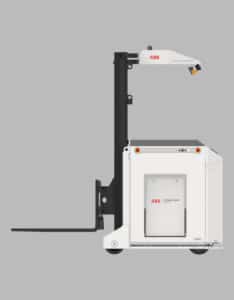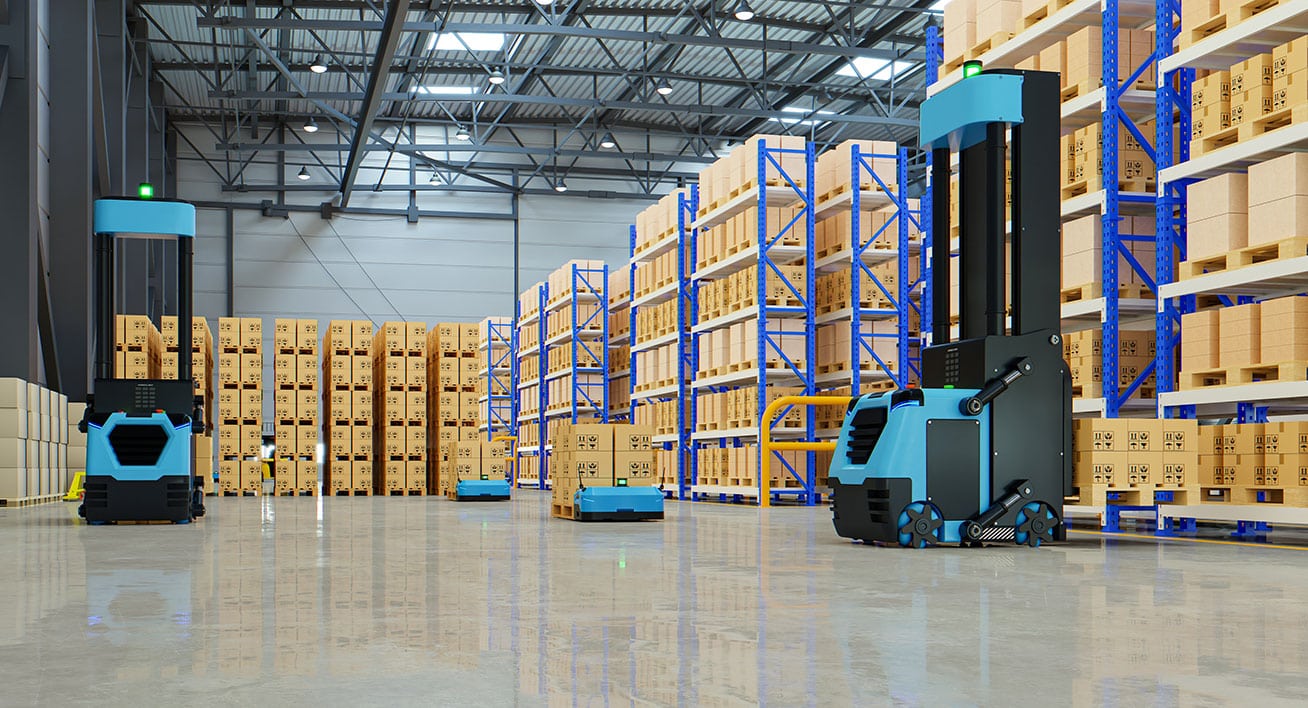5G core for industrial & professional network architectures
In these pages we’ve talked alot about different verticals, and particularly those within the super vertical of industry 4.0. Here, game-changing technologies aren’t just an R&D investment commitment, but a quarter-to-quarter competitive imperative. Presenting an array of complex, core operations upon which globalized supply chains depend, any new possible efficiencies go to the front of the line. And as with all such discussions we quickly dive into highly defined use cases where new capabilities, automations and efficiencies drive direct, long term cost reductions but more importantly, or at least ideally, major leaps in production capacity. These large-scale efficiency rewards come of the collective “long tail” of innumerable, kaizonesque if not actual Kaizon: improvements, and often truly ground-breaking advances that would have been impossible to imagine just 5 years ago. But how do you get started?
Use case: Network to connecteds Forklifts AGVs
FAQs 5G Standalone
Comparative 5G SA vs 5G NSA
Within the larger context of ubiquitous IoT, now expanded outside the smart factory to the logistics fleets that allow their output to flow is the internal fleet inside the factory. This, oft-forgotten fleet is that of the humble forklift. As go our fixed factory automation components of lights, sensors, environmental controls, security, or what have you, so will go our mobile infrastructure and that includes human-operated devices. This certainly presents challenges, but ones that are entirely addressable with the introduction of non-public wireless networks.
To understand the challenges, one need not open the lens beyond the factory walls. Typically difficult environments for wireless communication, modern smart factories present a spectrum of (pardon the pun) consistent challenges for mission-critical connectivity (URLLC). There are a lot of metal structures, high electricity fields generating all kinds of interference and large physical areas combining indoor and outdoor areas. Even though forklifts are operated by humans, at least for now, there is a need to provide continuous, accurate, location-specific information to forklift operators. Sure, they need to know where to pick up the next pallet and where to drop it off as fast-paced factory floor processes require. But moving beyond the relatively simple needs of the operator, we see the key value proposition coming into focus. For this level of internal fleet tracking operations managers are looking for a wider, clearer view of the site’s operational assets to help drive efficiencies that will have ripple benefits across the entire manufacturing process.
5G Standalone (SA) is like WiFi with steroids. Devices today are like phones at the end of the 80’s, fixed phones with some limited mobility. Back then it was impossible to imagine the mobile internet we are using today. Same revolution is happening to the devices right now. We can see that the change has started but how it will happen in detail remains unknown. It is mandatory to move forward in the level of automation because of global challenges in energy consumption and reducing human resources.
To be able to increase the level of automation, we need mobile communication technology for devices – we need non-public networks. Why is that? Public network operators are serving consumers with the best effort business model, it is not good enough for devices. Non-public networks are purchased to solve a specific problem. This means that the network needs to adapt to application needs. What does this mean in practice? If you call your mobile operator and tell them that your Netflix is not working, they will laugh at you. In non-public network cases, we will fix the problem.
Cumucore is a SW company that is using the latest SW technologies and developing bleeding edge features to be used in Industry 4.0 use cases like 5GLAN and TSN. In the non-public networks core is the brains of the system, making decisions like who can connect to the network, what kind features are available for the user, with whom the device can communicate etc.
We have developed our SW stack ourselves, no subcontractors, no open-source telecom projects. We control our SW stack completely; this gives us a significant advantage over similar kinds of companies. We can meet customer requirements very quickly. Our time scale is weeks instead of years. Cumucore has a global reach. Operations are based on working remotely with customers and integrators. Way of working and modern SW technologies give us a significant cost benefit compared to the big telco players.
Connected Forklifts AGV
Case study, factory in north Europe

As a case in point, their demand for connected forklifts out specced available solutions leading them to connect their forklifts with first generation WiFi APs. Even though they were told it would not be possible to do this, their experience was quite an eye opener. It has actually worked very well over the past two decades, although in first generation form, but providing a clear, baked in business case, and now they have decided to move forward on non-public network.
The factory has a need to keep data in their own premises and cover the factory indoors and outdoors, Area is several square kilometers. They are working with an IT integrator that has served the factory for years and know existing IT systems and organizations very well. Applications that are needed relate to production management. Mobile network needs to be divided between departments and ensure that IT security is followed carefully. This means in practice careful selection of UE:s and IP planning. Mobile network is part of the factory IT infrastructure not a separate island. Setting up a network is fast, maybe one day but integration and testing takes a longer time and requires smooth cooperation between factory IT, integrator and mobile network core provider in this Cumucore.
The benefits of this move is providing a force multiplier to the new connected forklift network. Now, instead of using 50 WiFi APs, they use 3 eNBs. They can cover indoor and outdoor areas with the same technology and have no additional hassle. But the big benefit is not only the hardware savings, but also considerable in the area of cabling.
In a typical scenario, cabling cost (i.e. work and cable) is at least as expensive as the cost of the WiFi AP hardware. Because the non-public network uses higher output power and frequency that is cleaner than frequency used by WiFi, this means that broader coverage areas can be served and, thus at a lower cost. What’s more, the same network can also be used for use cases other than just connected forklifts. By prioritizing different users and using different bandwidth policies, an infinite number of mobile connectivity dependent processes can be supported.
While connected forklifts provide one example of power and mission critical potential of non-public networks. While demonstrating the ability to reach around walls and withstand harsh conditions, it provides the basis for many other high value use cases following the same logic and using the same flexible infrastructure.
FAQs about 5G Standalone (SA)
- Most frequent use cases require 5G SA:
5G SA is a solution when you need flexibility in IP planning. You can create several logical networks from one physical network. Use cases: Nowadays, Connectivity for mobile devices, like forklifts, dumpers, etc. Near future, Connectivity for autonomous vehicles like AGV and drones. - What kind of devices, sensors or machines can connect to a 5G standalone?
You can connect any kind of devices to the 5G network when using 5GLAN feature.
Real use cases in which Cumucore is working: ABB 5G-FUDGE project and Bosch Engineering automated construction site. - Countries can deploy a 5G SA architecture:
Frequencies are easily available in Germany, Finland, Norway, UK, Netherlands, Switzerland and the USA.
Comparative 5G SA vs 5G NSA
| DIFFERENCES | 5G SA | 5G NSA |
|---|---|---|
| Purpose | Industrial networks | 4G enhancement for consumers |
| Coverage | Where needed | Design by mobile operator |
| Use case | URLLC/Industry4.0/IIoT | EMBB/Consumer |
| Pros | Tailored for industry | Service available per subscription |
| Cons | Frequency | Same service for everybody |







Pingback: Bosch 5G campus network for automated construction site - Cumucore